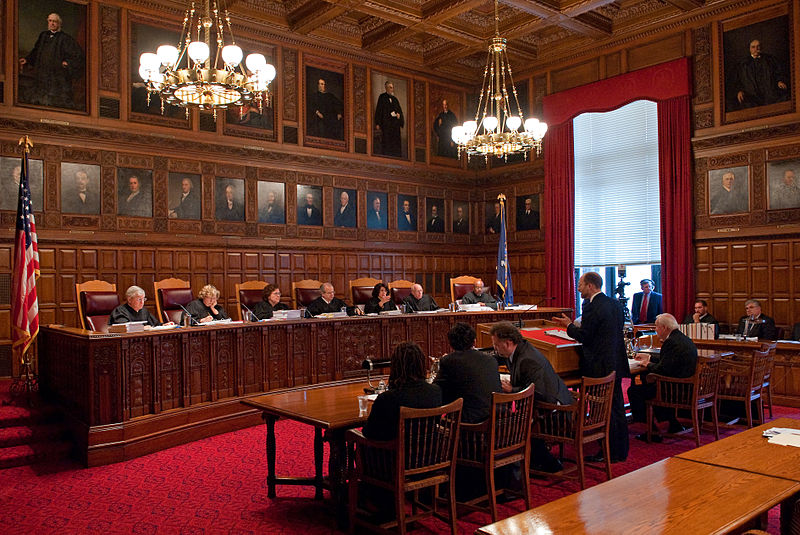In the February issue of ELR’s News & Analysis, ELI President Scott Fulton and Visiting Attorney Dr. Maria L. Banda highlight the role that national judiciaries worldwide have played in developing the field of “climate law.” In Litigating Climate Change in National Courts: Recent Trends and Developments in Global Climate Law, Fulton and Banda examine the procedural tools and interpretive principles that judges have used to decide novel legal issues in climate litigation, focusing on some of the key lawsuits from civil and common-law jurisdictions that may influence climate law beyond their borders.
The fast-developing field of climate law comprises a wide range of legal disputes before a variety of judicial, administrative, and arbitral institutions. Domestic and international judges have found themselves at the front lines of the global effort to address climate change, and their role can only be expected to grow in coming years.
 |
|
Photo by Tracy Collins |
The article provides an overview of precedent-setting climate mitigation and adaptation cases, such as a U.S. district court’s recent order permitting constitutional and public trust claims by a group of youths to proceed to trial, The Hague District Court’s order setting specific national emission reductions for The Netherlands, and the Supreme Court of Pakistan’s ruling allowing a child’s constitutional climate case to proceed on behalf of the public and future generations. Fulton and Banda also review several recent examples of transnational climate litigation. The article concludes by reflecting on the emerging trends in climate law and the role of national judges in future climate litigation:
- National judges have increasingly held their own governments accountable under national constitutional principles, implementing legislation, or common-law doctrines, generally using the tools at their disposal for administration of justice in this emerging area.
- Constitutionally protected environmental rights appear to be the most straightforward vehicle for climate litigants in some jurisdictions, although litigation based on broader rights, such as the fundamental constitutional rights to life and property, has also provided a viable strategy. Other courts have relied on the language of environmental statutes and common-law doctrines to mandate agency rulemaking or more effective implementation of climate policies.
- Courts appear to be more willing to exercise an active role in guiding regulatory development where the statutory framework has proven ineffective, as well as where states’ actions to avert climate harm are seen as out of step with national policy or international commitments.
- Courts to date have been unwilling to impose civil liability on private entities, especially in the United States where the majority of these suits has been brought. Yet, emerging science may help address some of the causation and apportionment hurdles that have made these cases challenging. Additional and collateral avenues for private-sector accountability, such as securities fraud lawsuits stemming from the non-disclosure of climate-related risks, may emerge as well. Climate literacy training aimed at building judicial awareness of climate science, climate impacts, and climate resilience imperatives can help equip judges to perform their traditional role of administering justice in the context of this global phenomenon.
The number of climate lawsuits is unquestionably on the rise. Courts are therefore positioned to play an increasingly vital role in ensuring climate-related accountability, enabling resiliency, and contributing to a sustainable future.
This month’s featured article is available for free download here.
ELI is making this featured News & Analysis article available free for download. To access all that ELR has to offer, including News & Analysis, you must have a subscription. To learn more, visit www.elr.info.
